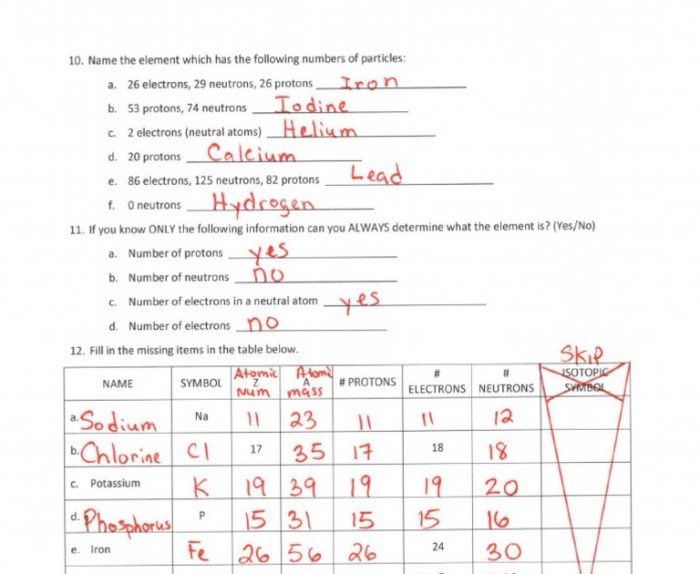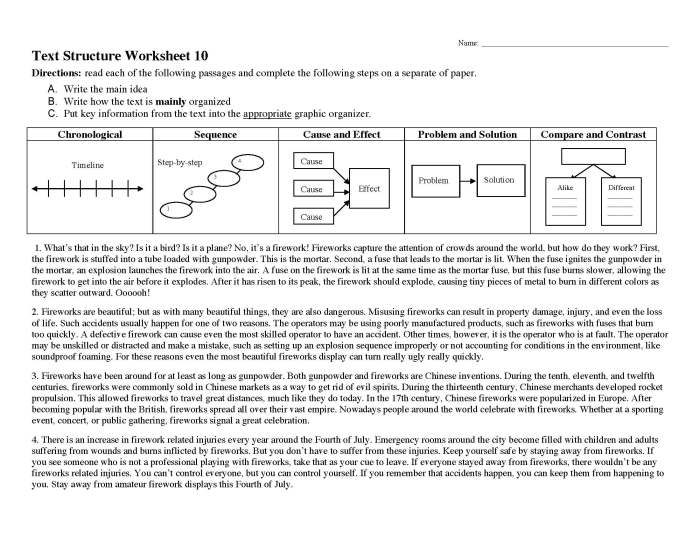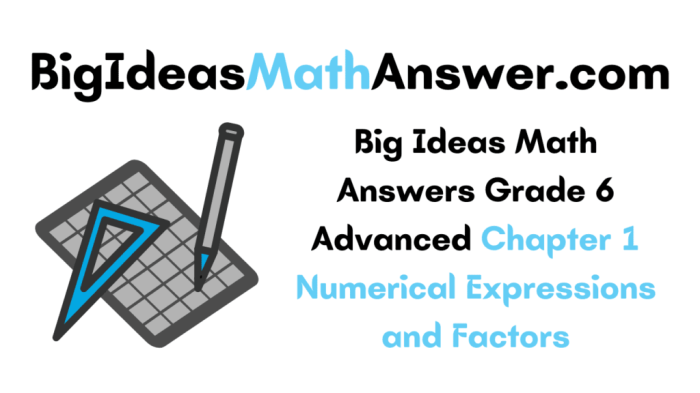Lección 2 estructura 2.1 answer key – Introducing Lesson 2 Structure 2.1 Answer Key, an authoritative guide that delves into the intricacies of effective lesson design and assessment. This comprehensive resource empowers educators with a deep understanding of lesson structure, key concepts, and the significance of the answer key in enhancing student learning.
Through a systematic exploration of the lesson’s components, this guide illuminates the interconnectedness of structural elements, emphasizing the paramount importance of logical flow and organization in creating impactful learning experiences.
Lesson Structure Overview

A well-structured lesson is essential for effective teaching and learning. A logical and organized lesson structure helps students to follow the flow of the lesson, understand the key concepts, and retain the information they have learned.
The key components of a lesson structure include:
- Introduction: The introduction sets the context for the lesson, introduces the topic, and states the learning objectives.
- Body: The body of the lesson is where the main content is presented. It is typically divided into several sections, each of which covers a specific .
- Conclusion: The conclusion summarizes the key points of the lesson and provides a closing statement.
The different structural elements of a lesson are related to each other in a hierarchical manner. The introduction provides the foundation for the lesson, the body develops the content, and the conclusion provides a summary and closure.
Logical flow and organization are essential for effective lesson design. A well-structured lesson will flow smoothly from one section to the next, and the content will be presented in a logical and organized manner. This will help students to follow the lesson, understand the key concepts, and retain the information they have learned.
Key Features of Section 2.1
Section 2.1 introduces fundamental concepts that provide a solid foundation for understanding the overall lesson structure. These concepts establish the context, purpose, and key elements of the lesson, guiding students through the subsequent sections.
The significance of these concepts lies in their role as building blocks for the lesson. They create a framework that helps students grasp the lesson’s objectives, connect new information to prior knowledge, and develop a comprehensive understanding of the subject matter.
Lesson Objectives, Lección 2 estructura 2.1 answer key
Section 2.1 clearly Artikels the lesson’s objectives, providing students with a roadmap for what they will learn. These objectives are specific, measurable, and aligned with the overall curriculum goals. By understanding the objectives, students can focus their efforts and actively participate in achieving them.
Lesson Structure
This section presents the structure of the lesson, including the sequence of topics, activities, and assessments. The lesson structure is designed to facilitate effective learning by providing a logical flow of information and engaging students in various learning experiences.
Key Concepts
Section 2.1 introduces key concepts that are essential for understanding the lesson’s content. These concepts are carefully selected to provide a foundation for future learning and to ensure that students have a solid grasp of the subject matter.
Analyzing Answer Key

An answer key is a valuable tool that provides the correct answers to a set of questions or problems. It serves as a reference for students to check their work and assess their understanding of the material covered.
Answer keys typically follow a specific format, such as listing the questions in order and providing the corresponding answers. The answers may be in the form of written explanations, numerical values, or diagrams.
Using Answer Key for Assessment
The answer key can be used to evaluate student understanding in several ways:
- Self-assessment:Students can use the answer key to check their own answers and identify areas where they need further clarification.
- Teacher-led assessment:Teachers can use the answer key to grade student responses and provide feedback on their performance.
- Diagnostic assessment:The answer key can help teachers identify common errors or misunderstandings among students, allowing them to adjust their teaching strategies accordingly.
Tips for Effective Use
To use the answer key effectively, teachers can:
- Provide clear instructions:Explain to students how to use the answer key and the purpose of self-assessment.
- Encourage students to use the answer key thoughtfully:Guide students to focus on understanding the correct answers rather than simply memorizing them.
- Use the answer key as a teaching tool:Discuss incorrect answers with students and explain the reasoning behind the correct ones.
Practical Applications
The lesson structure and answer key provide a versatile framework for teaching various concepts. They can be adapted to suit different learning objectives and teaching scenarios.
Adapting to Specific Objectives
The structure allows for flexibility in customizing the lesson to address specific learning goals. For example, if the objective is to focus on comprehension, the teacher can emphasize the analysis of the answer key, encouraging students to articulate their reasoning and evidence.
Conversely, if the focus is on critical thinking, the teacher can pose open-ended questions based on the lesson content, prompting students to explore alternative perspectives and draw connections.
Best Practices for Implementation
To maximize the effectiveness of the lesson structure and answer key, several best practices should be considered:
-
-*Clear Instructions
Provide students with clear instructions on how to use the structure and answer key, ensuring they understand the expectations and purpose.
-*Guided Practice
Initially, guide students through the lesson structure, modeling how to analyze the answer key and engage with the content.
-*Differentiated Instruction
Adapt the structure and key to accommodate diverse learning styles and needs. For example, provide alternative resources or support for struggling students while challenging advanced students with additional tasks.
-*Regular Feedback
Provide regular feedback on student progress, using the answer key as a reference. This helps students identify areas for improvement and reinforces understanding.
-*Student Ownership
Encourage students to take ownership of their learning by involving them in the analysis of the answer key and the development of learning strategies.
Conclusion

In summary, Lesson Structure 2.1 and its accompanying answer key provide a solid framework for effective teaching and learning.
Implications for Teaching and Learning
The clear structure of the lesson ensures that students have a logical progression of concepts and skills to master. The answer key provides immediate feedback and guidance, allowing students to assess their understanding and make necessary adjustments. This structured approach fosters a supportive learning environment that encourages active engagement and critical thinking.
Call to Action
Educators are strongly encouraged to apply the principles of Lesson Structure 2.1 in their own practice. By implementing this structured approach, they can create engaging and effective learning experiences that empower students to achieve their full potential.
FAQ Overview: Lección 2 Estructura 2.1 Answer Key
What is the purpose of an answer key?
An answer key provides educators with a set of correct responses to assessment questions, enabling them to evaluate student understanding and identify areas for improvement.
How can I use the answer key effectively in teaching?
The answer key can be utilized to provide immediate feedback to students, facilitate peer assessment, and guide differentiated instruction tailored to individual student needs.

